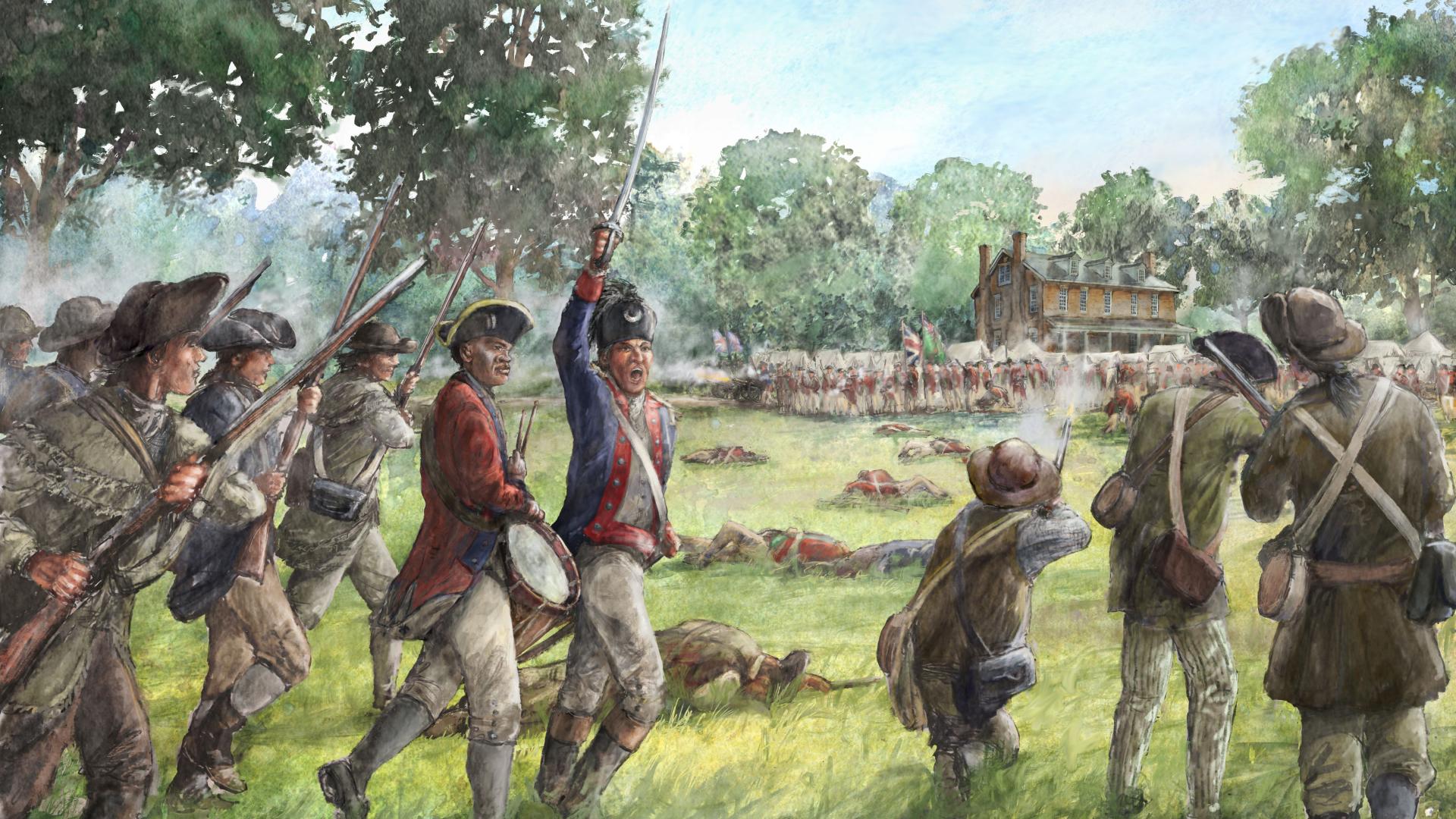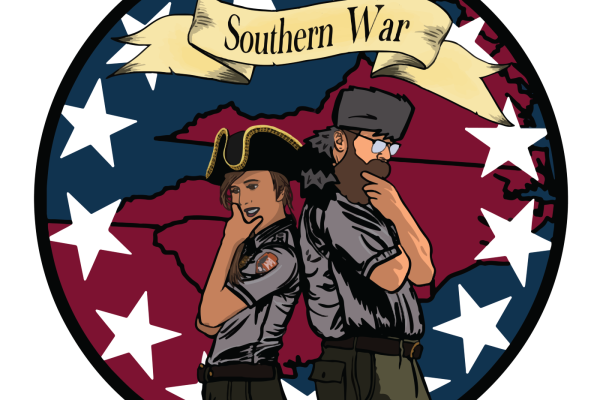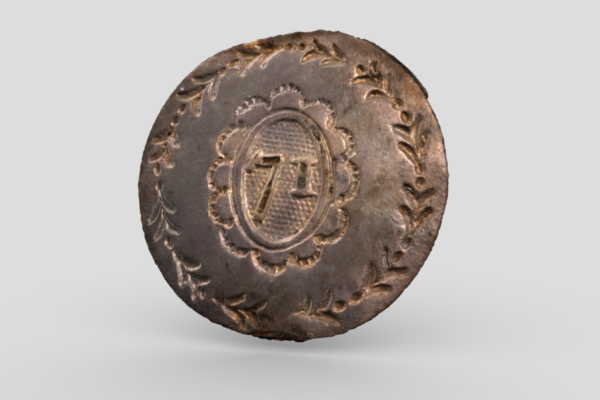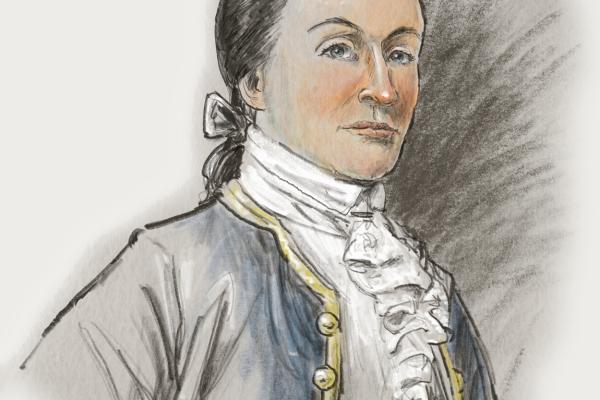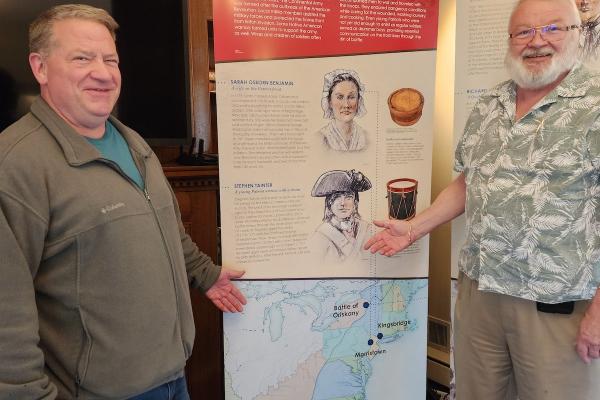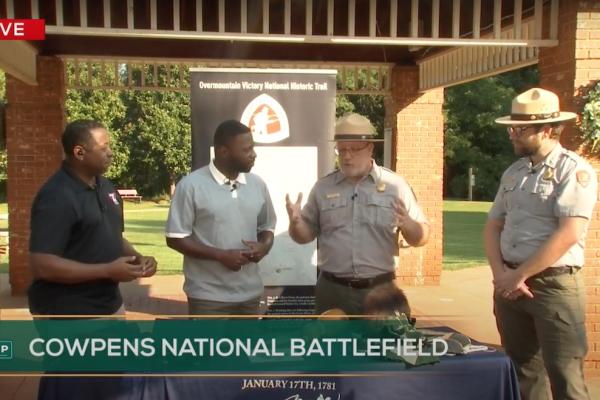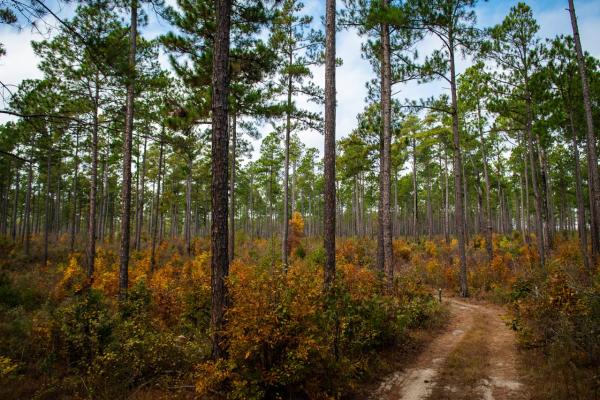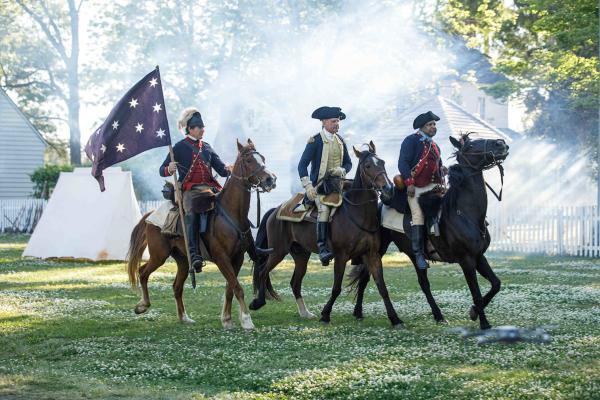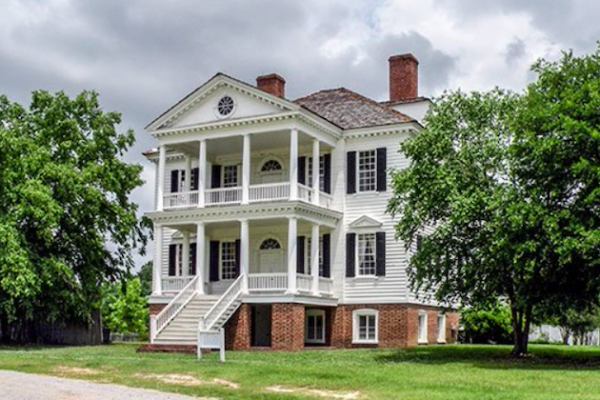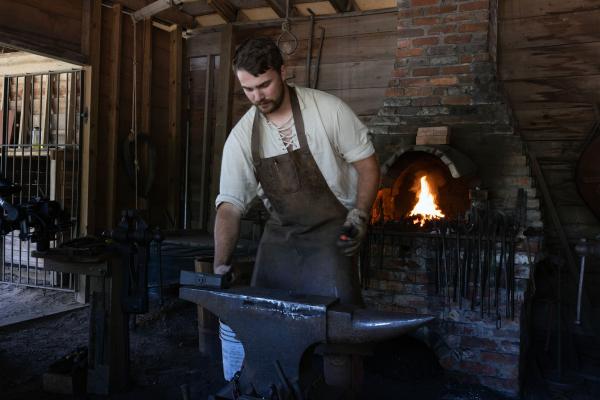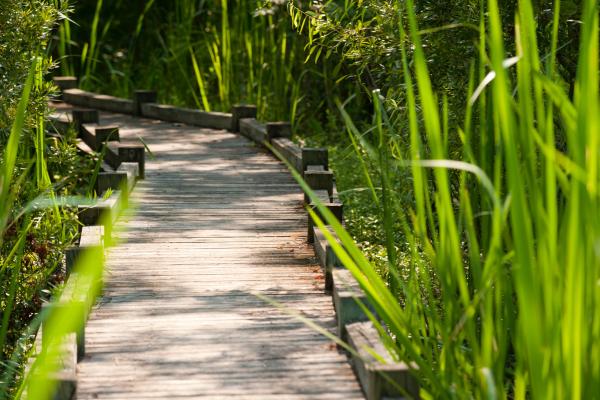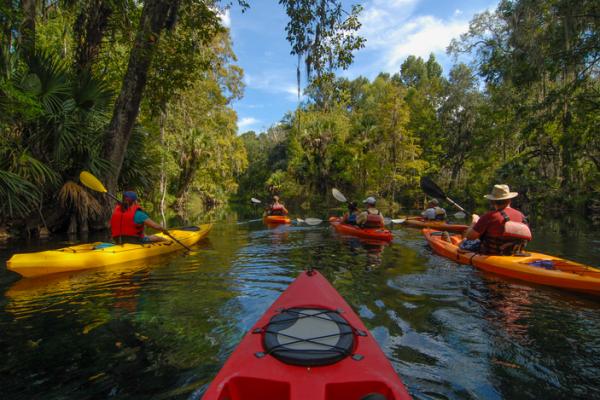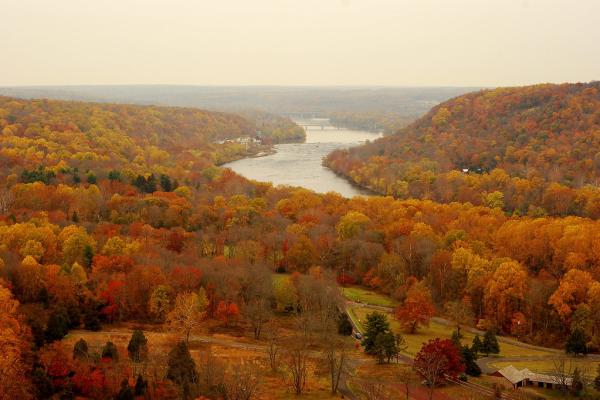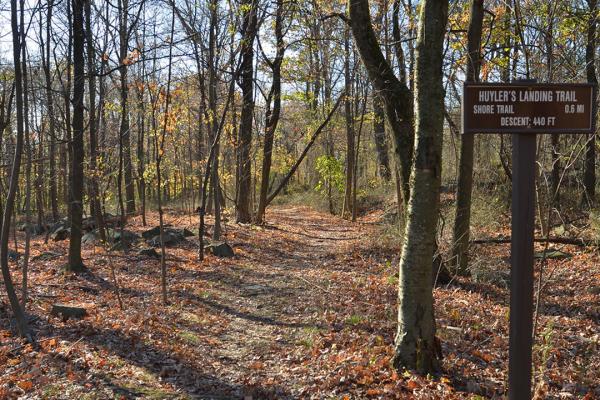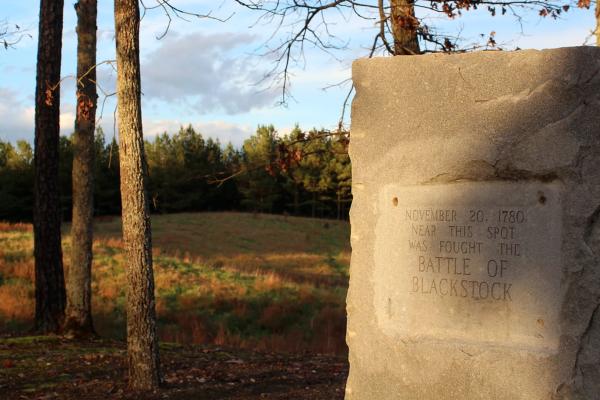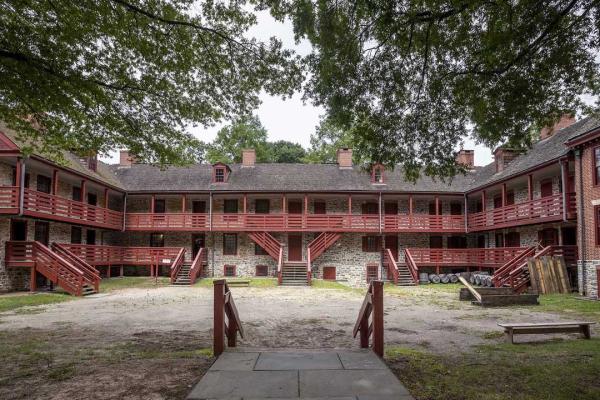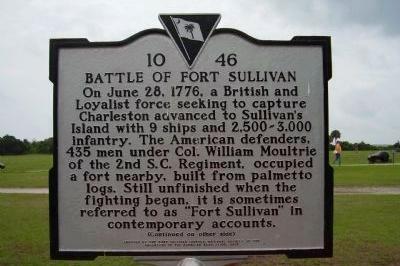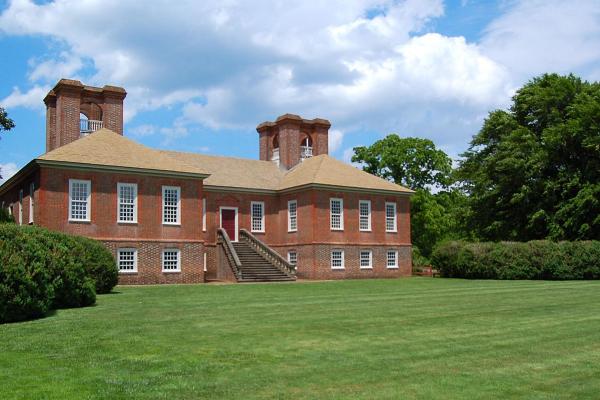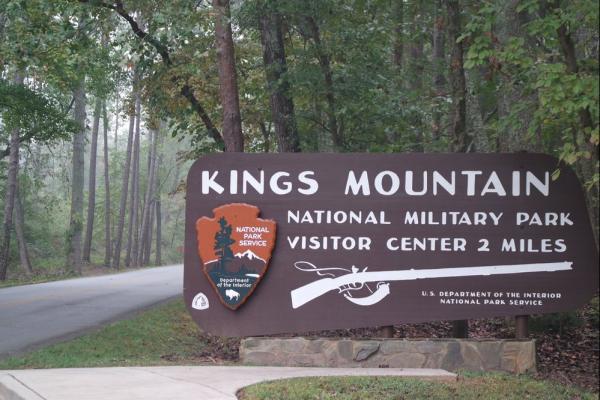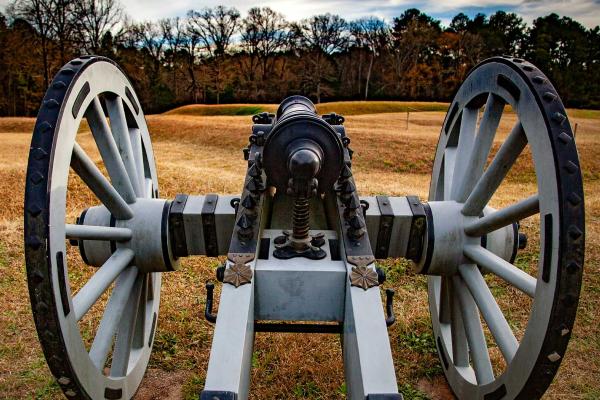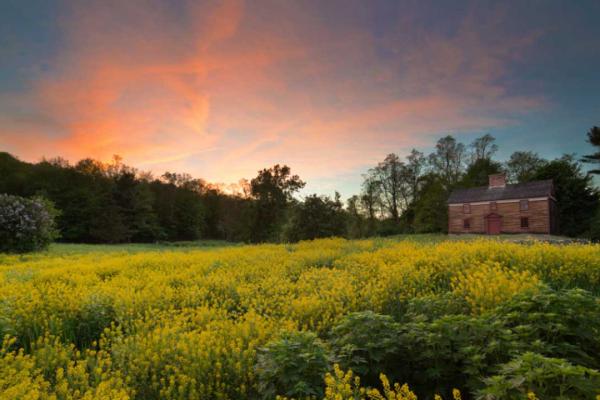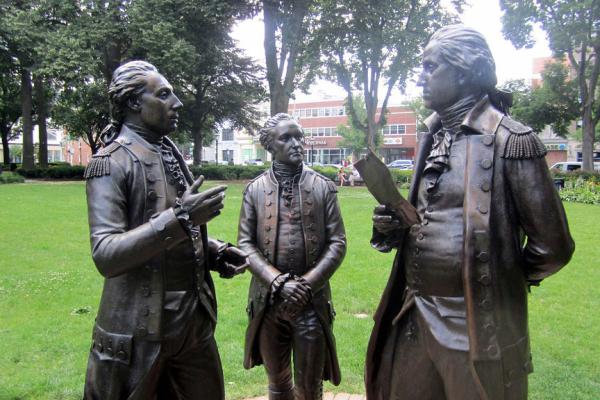Losing items like buttons or keys can be frustrating, even for soldiers during the Revolutionary War. At Fort Fair Lawn, a British outpost in South Carolina, archaeologists found many objects, including a silver-plated button from the 71st British Regiment, known as "Fraser’s Highlanders." This regiment fought nearby but wasn't stationed at the fort, making the button's presence there a mystery. It could have been lost by a visiting officer or picked up by another soldier. These small artifacts help historians understand the daily lives and sacrifices of those who fought for independence.
The rediscovery of a long-lost portrait of Charleston merchant Richard Lushington sheds light on lesser-known Revolutionary War heroes. Lushington, a Quaker, led a diverse militia called the Free Citizens of Charleston, which included many Jewish men. Despite Quakers' commitment to nonviolence, Lushington fought for independence, possibly seeking acceptance in Charleston society. His unit fought in key battles, and after the war, Lushington became a respected city leader. His portrait, now displayed in Charleston, highlights the contributions of marginalized figures in the fight for American independence.
John Howland, Benjamin Tainter, Stephen Tainter, and Lewis Hurd, all from the same extended family, contributed to American history across generations. Stephen Tainter, who served as a drummer boy in the Revolutionary War and later became a doctor, is especially highlighted in a traveling exhibition by the American Battlefield Trust. His descendants, Stuart Halsan and Steven Pahre, take pride in their family’s history, which they feel personally connected to. They believe that Stephen’s story can inspire young people to stand up for their beliefs and strive to help others, no matter their age or beginnings.
Uncovering History
We invite you to visit the preserved locations along the Liberty Trail and to immerse
yourself in the extraordinary events that determined the fate of a nation.
